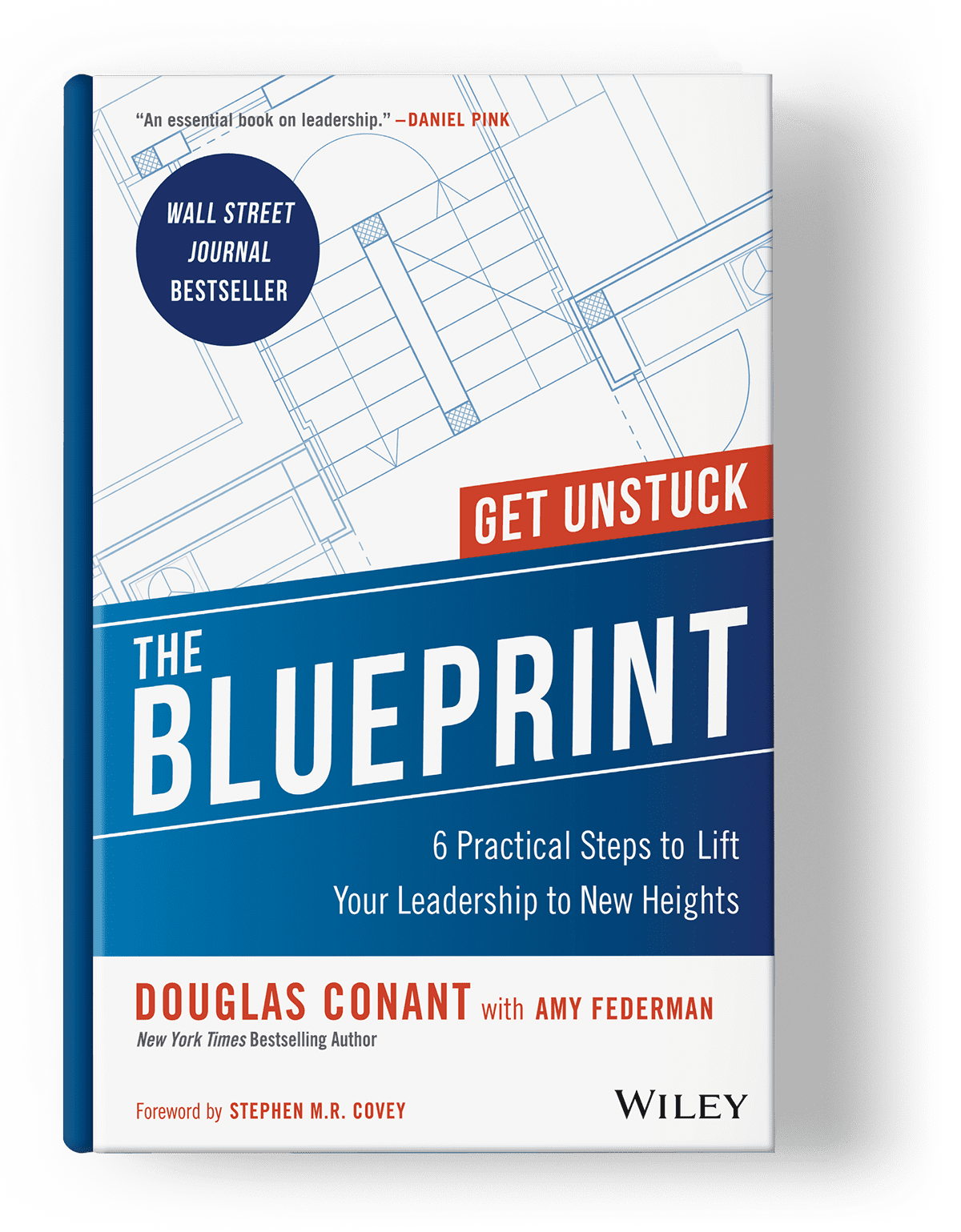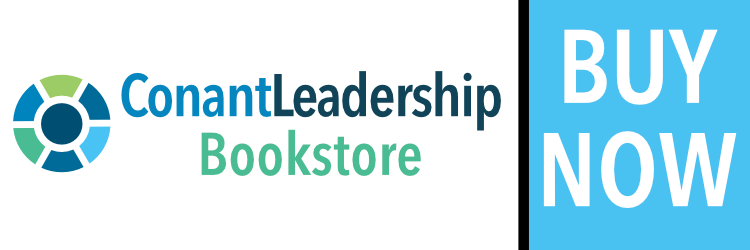One of my mentors, Stephen Covey, was fond of saying, “an organization is perfectly aligned to get the results it is getting.” This means that if the leader hopes to achieve different and better results, he or she must consider the way the organization is aligned to execute. While it is also very important to Inspire Trust, Clarify Higher Purpose, and Create Direction — it is critical to get this step right. If you don’t, the organization’s efforts to execute run the risk of being uncoordinated, disjointed, and severely compromised.
Organizations are living organisms teeming with complexity and ambiguity. (tweet this) They perform at their peak when they are optimally aligned. To ensure that all the moving parts are arranged in an ideal way, you must have a meaningful understanding of each component and a clear vision for how they can work harmoniously as one to deliver the desired results. How do you effectively align the organization so that your strategy has a higher probability of success? This checklist of key items is a good place to start.
Are You Dispelling Ambiguity?
If you want people to deliver the best results, you simply must minimize the confusion about what is expected of each department, each leader, each contributor. Ambiguity leads to assumptions. Assumptions lead to people potentially doing the wrong things, unhelpful things, or even things that may actively harm the overall effort. It’s your job to communicate with exquisite clarity in a way that enables the message to trickle down to everyone. You must be so clear that the organization can hear you and so credible that they will carefully attend to the agreed upon direction. Be transparent, compelling, and direct.
Are You Rallying the Right Resources?
What work needs to be completed to achieve the desired outcome? What are the necessary resources? Make sure you have a solid understanding of what is needed to support your strategic initiatives. This could include learning and development plans, technology, human capital, and budget. It may also include adapting structures, processes, and systems to ensure that they are properly poised to help each element of your strategy come to fruition. Without proper resource support, achievement is at risk. When you rally the right resources, the right work has a higher probability of getting done. (tweet this) And everyone will know that you’re wholly committed to helping the effort succeed.
Are You Demonstrating an Enterprise-Wide Mindset?
Do you have a broad grasp of the entire enterprise — and of how all the moving parts interact with and affect each other? You should have a practical understanding of the skills, assets, and capabilities of the contributors and leaders at all levels of the organization. It is equally critical to have an emotional understanding of their attitudes, feelings, and beliefs. Have you set the stage for these unique skill sets and attitudes to work in concert with one another? How can you best leverage people’s abilities to bring the strategy to life? You have to consider this challenge carefully with a panoramic view of the organization in its entirety, soups to nuts. Only with this wide-angle perspective can you organize the business to perform efficiently. Without this mindset, your efforts are likely to become fragmented, stunted, and certainly jeopardized.
Are You Adopting an Abundant View?
As stated earlier, organizations are living systems in which people are interacting all the time. The many people who work together form an ever-changing, diverse community, rife with potential. The workplace ecosystem is also like a machine. There are many moving parts working together to perform a larger function. When it is time to execute on strategy, many leaders are tempted to take one view or the other: they expect the organization to function like an efficient machine or they expect it to function like a more dynamic living system. But why limit yourself to one view or the other? Think abundantly. One of the exciting things about aligning your organization is recognizing the strength in both. You can leverage the ways in which your organization functions like a machine to foster efficiency. And you can emphasize community to forge greater unity. As you drive alignment to make your strategy blossom, you may find some of the best solutions lie in the tension between these natural dualities. By taking an abundant approach, you don’t limit yourself or the organization.
Organizations are living organisms teeming with complexity and ambiguity.
While I was CEO of Campbell Soup, I had a mantra that I repeated often throughout my tenure: “Extraordinary leaders are needed to do extraordinary things.” (tweet this) Indeed, it is no small feat to deliver superior outcomes in an enduring way. Not everyone is up to the task. It requires a leader who is smartly devoted to doing what is necessary “ who is dedicated to both process and outcome. If you are such a leader, there will come a time when you will have to get into the nitty gritty of executing on your strategy. While it may not be as exhilarating to talk about as some of the other aspects of leadership, driving alignment is an essential part of turning strategy into reality. Once your organization trusts you, and your strategic direction has been cast “ it is wise to check off each item on the above list to ensure that you are optimally aligned to achieve your desired results. Only then can you truly experience the thrill of being an extraordinary leader of an organization that is doing extraordinary things.
(photo via Unsplash)






0 Comments